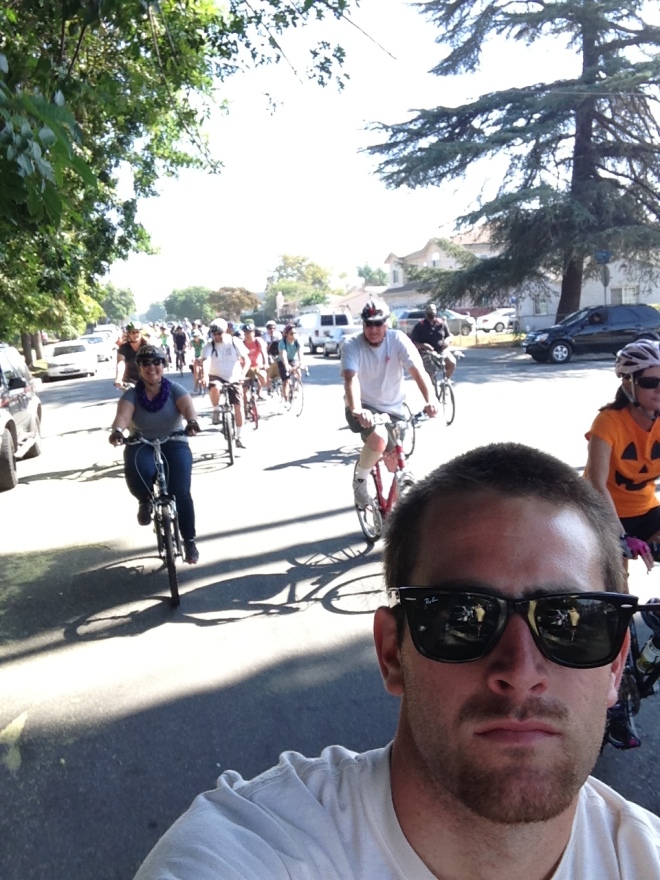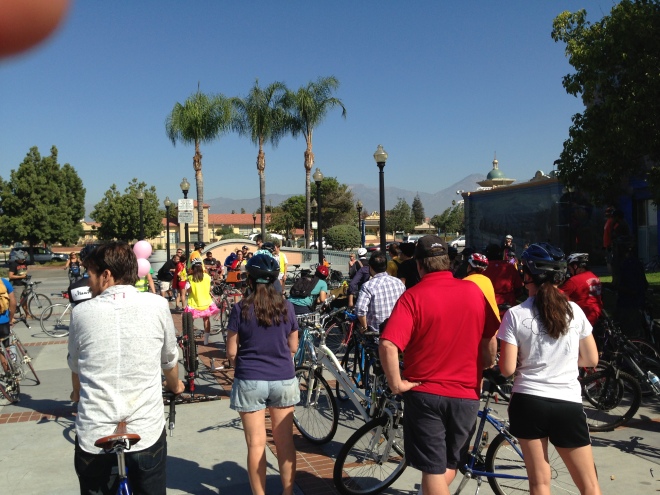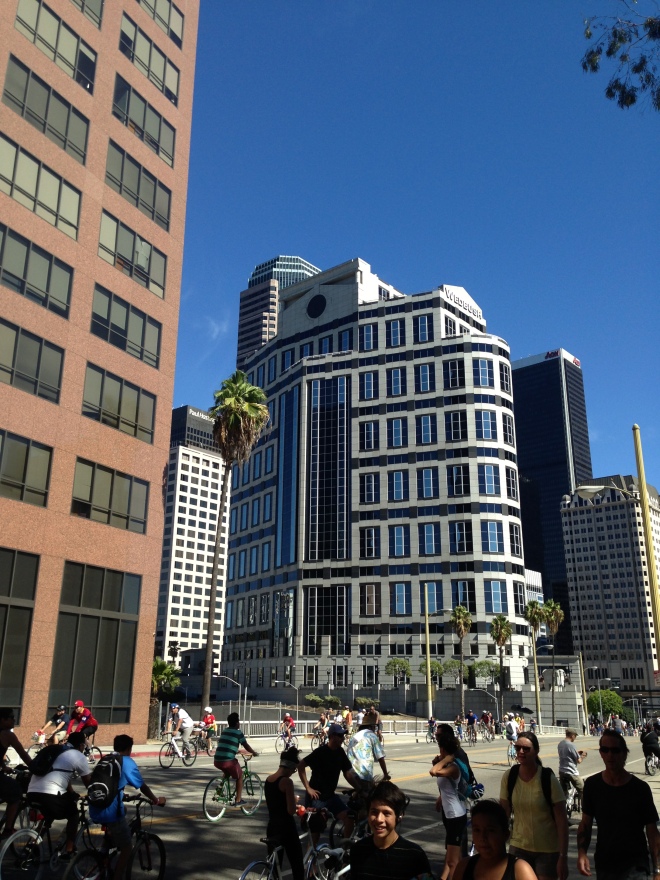After class on Wednesday we saw the documentary We Feed the World directed by Wrein Wagenhofer. This documentary shows the conditions some people have to farm in order to stay alive or supply the large consumption demand in the world. Some tribes and third world countries have tried American agriculture and after a few years they depleted the nutrients in the soil leaving the ground useless forcing people to survive off goats’ milk. It doesn’t make sense to me that people always think that farming needs to be done in large scale producing more food than is needed at the time. If so much food is being wasted everyday due to overgrowth how come hundreds of thousands of people die every day due to starvation. We are wasting a vast amount of fossil fuel everyday shipping food across the world that a third of it will be thrown away before being bought. That food should be shipped to these poor countries dying of starvation. My favorite part of the clip is when the fisher man goes to work every morning without using Nature as his sense of time instead of a 24 hour clock to determine when to fish. On his way to work he can see the same family of foxes in the same meadow every day but according to his watch there 2 minutes earlier each day but to the foxes it’s the same time every day. There is no time in Nature, only the sun rotating around the earth determining the amount of sun light left in a day, man created the concept of time.
After reading In the Next Industrial Revolution, Atoms are the New Bits by Chris Anderson I learned that large manufactories are now producing items for individual people. With the age of computers you can simply design whatever you want made and email a factory the plans then they can build it for you and ship it to your house. The home garage renaissance is starting and people are becoming tinkerers again and fixing things instead of throwing it away. A small car company called Local Motors released for sale a sports car like no other that you can assemble at your own home. I like the idea of this small company because it doesn’t want to compete with the large manufactures and is simply filling the gaps in between. The concept of creating things in small batches gives you the feeling that quality is important not the quantity. All the people who couldn’t become car designers are now allowed to come up with new ideas of how they want their car to look like and to not be stuck buying something that a large manufacture wants you to buy from them.



